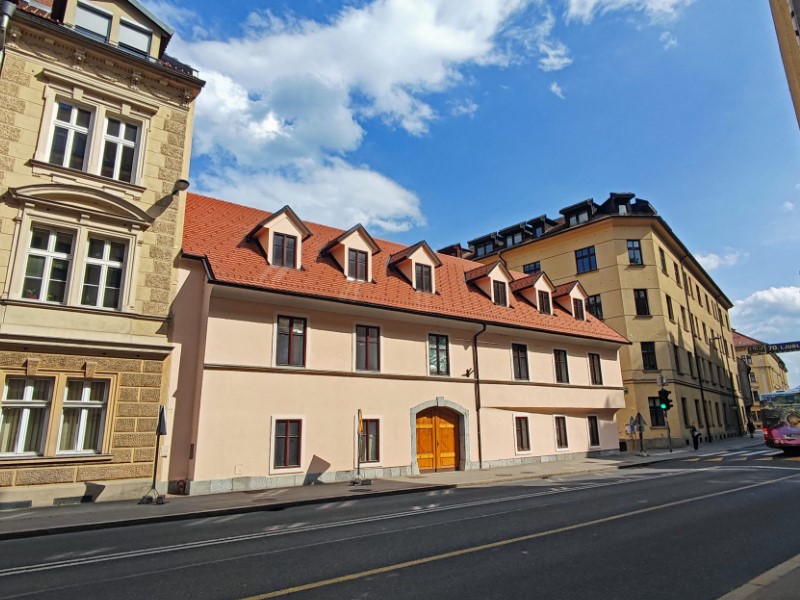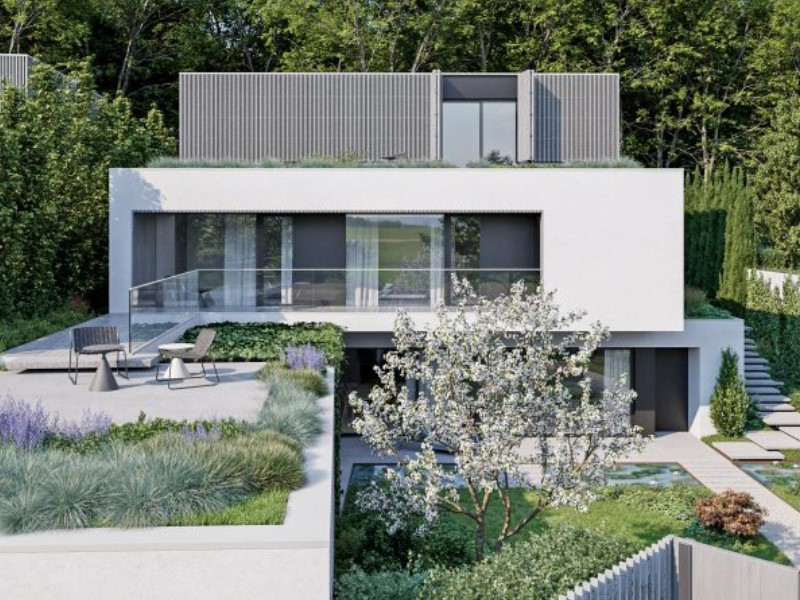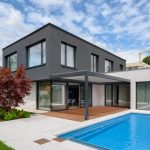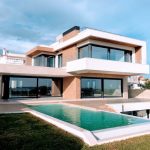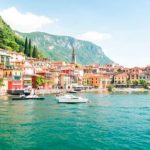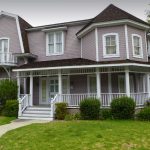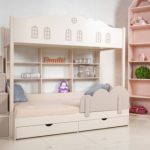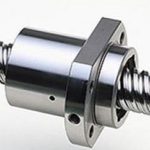Countries worldwide are going through some serious housing crises right now, and Slovenia is no exception. But what makes the nation different is that its housing crisis is twofold. Continue reading to learn more about the strange phenomenon of oversized, underused, and unused houses for sale in Slovenia, in rural and suburban areas.
Table of Contents
A Look at the Slovenian Dream
Like most cities, Ljubljana has faced a lack of quality but affordable housing. But while it presents a dire situation, the country is dealing with the housing crisis on yet another aspect. Although most Slovenian cities lack housing, other parts of the nation see excessive available housing.
If “The American Dream House” was brought to life during the 1950s, represented by a white picket fence, driveway, garage, garden, swings, and dog, “The Slovenian Dream House” was coined during the 1960s. Like the US’s American Dream, the Slovenian Dream has always been a house in rural areas or suburbs closer to nature.
It resulted in somewhat varied types of residential buildings leading to endless roads linking single homes and the increased use of personal vehicles. Through the years, the countryside of Slovenia was devoid of its natural landscape because of oversaturated construction.
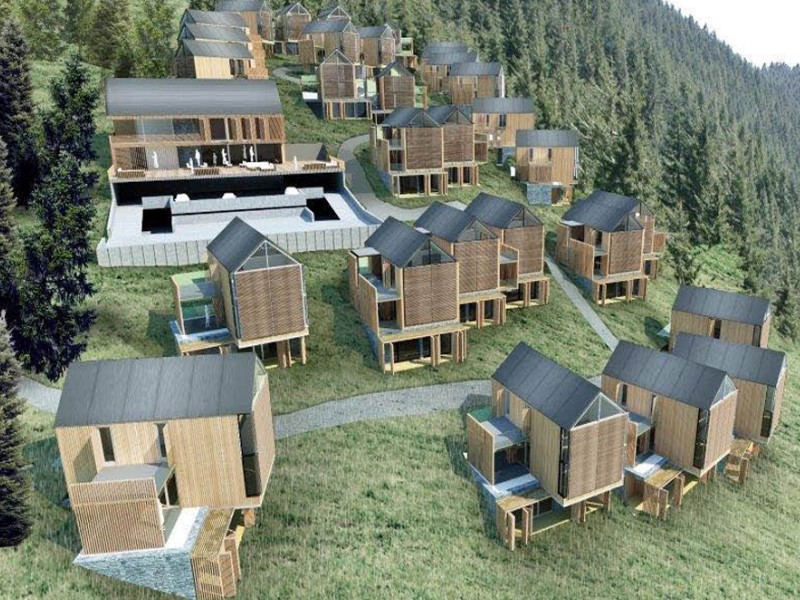
However, it’s quite ironic that as people relocated to the countryside where they could be closer to nature, they also started to wreak havoc on the natural environment they were craving in the first place.
Construction in suburban and rural areas might not be unique to Slovenia but the way it is done probably is. When the 1960s ended, industrialization was already growing, with a new economic reform entering the picture. This led to the rise of new successful companies, new and better things sold in stores, more earnings for people, and society gaining this new sense of optimism.
In Slovenia, specifically following the Second World War, quick urbanization occurred, increasing the clamor for housing typologies requiring quick construction and offering adequate standards. It was in the interest of the country as a whole. As a result, skilled and important architects became responsible for developing new housing types in the cities.
This led to well-planned and innovative house designs that offered a good quality of life that could meet even modern-day standards. Even with the strict regulations and conformity prevalent in this era, socialism brought quality urban planning and architecture to life in Slovenia, still called Yugoslavia.
But the thing is that the government couldn’t offer housing quickly enough to cater to the demands. It made them ease the restrictions for the private market and buildings, making loans more readily available. Self-construction became a looming concern, and Slovenian dreams became a reality from the 1960s through the 1980s.
The Growing Number of Houses for Sale in Slovenia
New types of houses were soon born. Standardized plans replaced the characteristically well-designed typologies. These plans weren’t meant to raise people’s living standards. Instead, they were intended to meet basic needs.
At this point, the dream was to build a big house in the countryside for the family’s entire generation. Houses were often constructed on inherited land or were purchased in the countryside for a reasonable price, resulting in visually continuously constructed landscapes and extremely dispersed settlements.
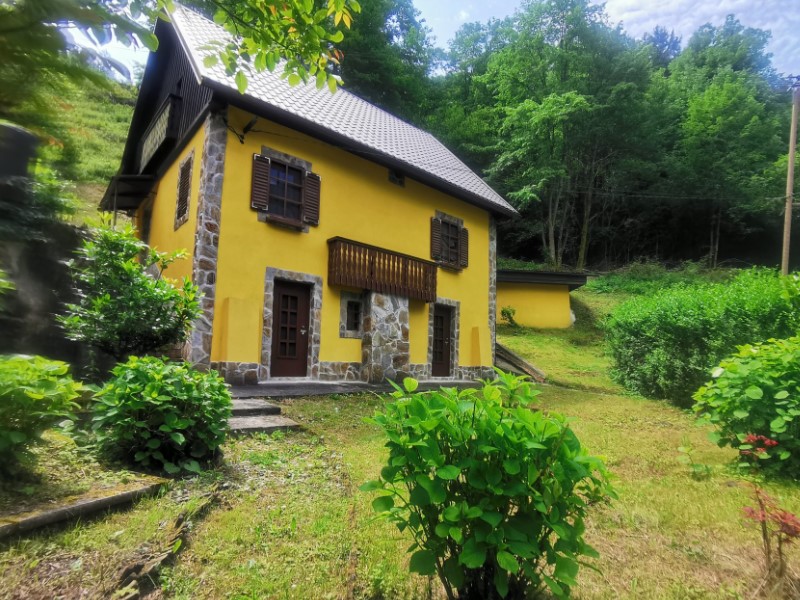
People could choose from three or four-floor plans, which were very similar, often providing 250 to 300 square meters of space since these were meant for large families. The concept was to build a house big enough for the children and grandchildren so they no longer needed to build a house. The construction process was different as well. During that time, many people personally built their houses with some friends helping them out.
During the 1991 independence, a continuous dramatic landscape happened in Slovenia. Socialism’s strictness ended, with people given the freedom to express their individuality however they wanted. The country’s never-particularly developed housing and living culture took a downturn.
Existing huge houses got extensions, vivid colors were used for the facades, and existing homes got new space partitions that divided rooms into tinier living areas with reduced natural light. Houses underwent aesthetic changes, but they continued to be inefficient to run and poorly insulated.
Over time, children left the nest and constructed houses of their own, with parents staying in extremely oversized houses that they couldn’t afford to care for and maintain but were too proud to downsize or sell.
Slovenia currently has hundreds of thousands of empty housing units. While some of them serve as vacation apartments or second homes, many remain to be empty. Several of these housing units are also inhabited by just one person aged 65 and above, with most Slovenians staying in single-family homes. Since over half of the empty houses are in the rural and suburban areas, the rest of the empty houses for sale in Slovenia are in the countryside.
Since it’s rather expensive to maintain large empty duplexes and single houses, many are already in poor condition without meeting the basic sustainability standards. Although there is a decrease in the number of newly constructed single homes in rural areas and suburbs, it seems it won’t stop soon.
But even with all the empty houses, new ones continue to be constructed. Even when these newly built homes in the rural areas and suburbs adhere to the sustainability requirements with the choice of materials and insulation, it’s still not sustainable to maintain a 300-square meter house for a family of four right in the heart of the countryside.
This phenomenon of big houses for sale in Slovenia may still take time before it eases down. But one thing is certain: homes will continue to be sold off or left as is.
Want to learn more about the topic? Read the next article to Unlock the Charms of Slovenian Real Estate.
Posts from the same category:
- Unlock the Charms of Slovenian Real Estate
- Don’t Wait Call And Sell Your Downriver Michigan House Now
- Richfield, Ohio – Your Serene Haven Awaits
- Tips to Buy the Best Luxury Property Slovenia
- The Journey to Homeownership in Spain: A Step-by-Step Guide
- Top Things to Consider When Buying a Home in Italy
- Real estate in Thailand is becoming increasingly popular
